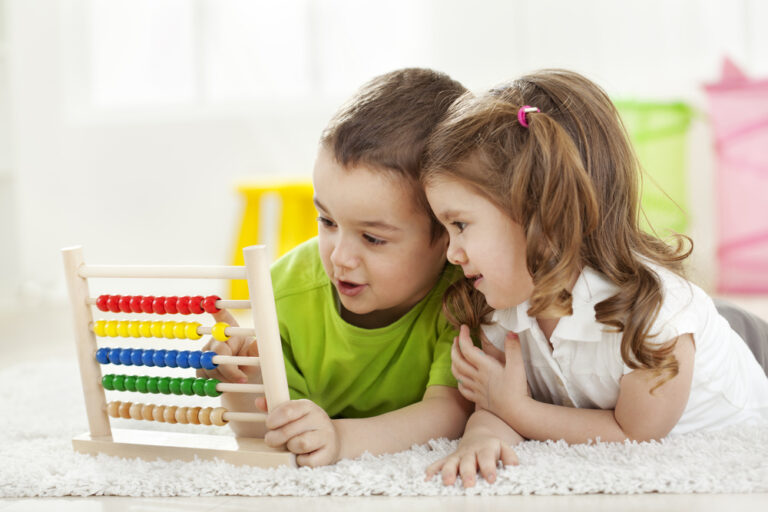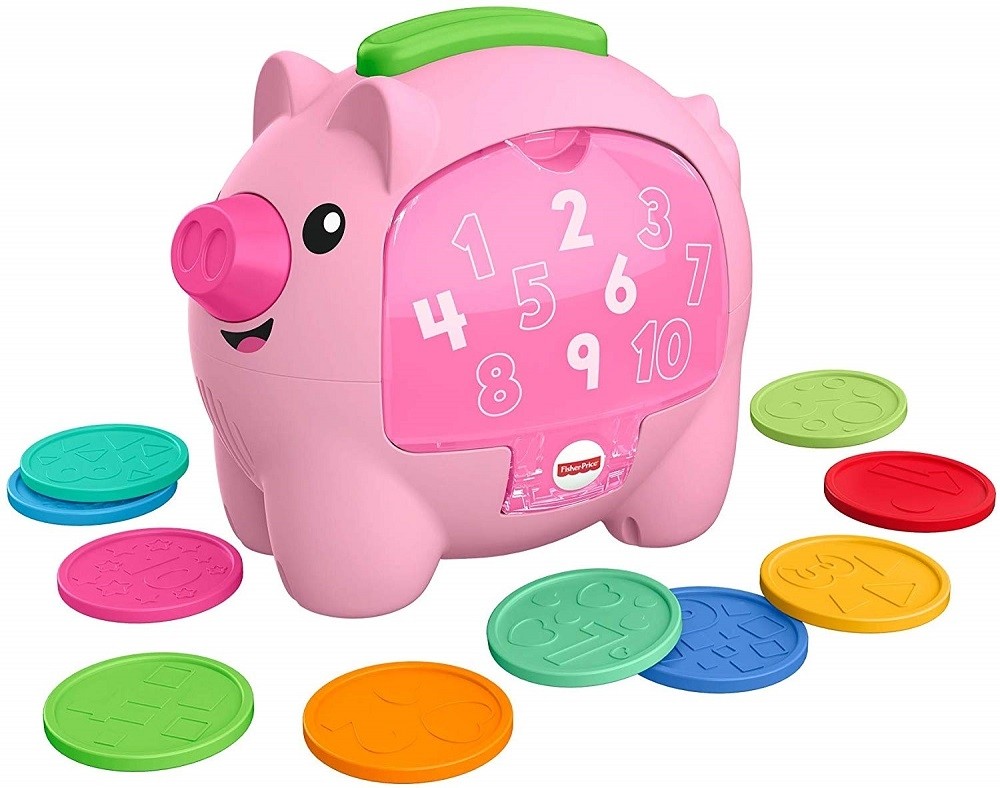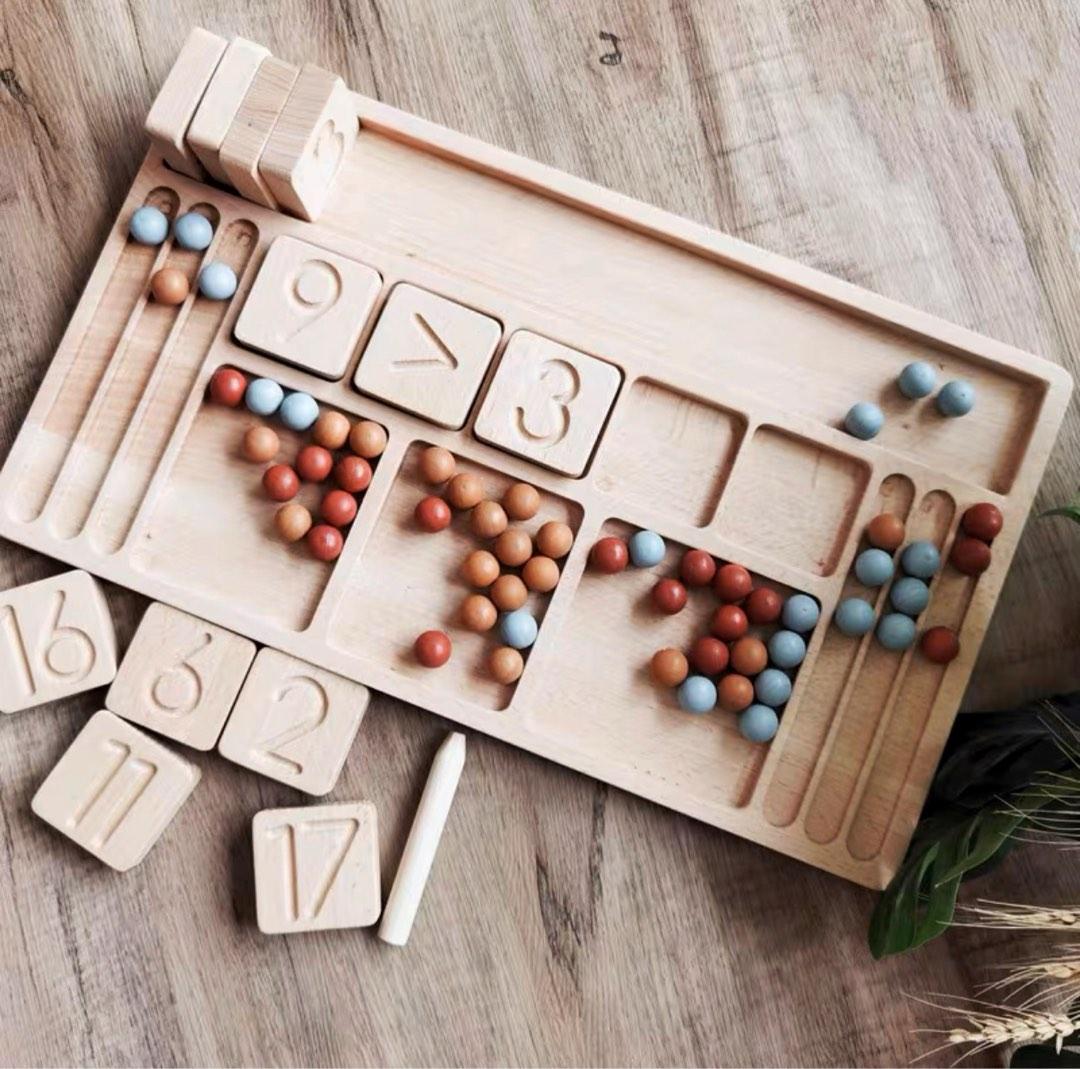Unleashing the Power of Play: Exploring the World of Math Toys

Introduction:
Mathematics is a fundamental skill that plays a crucial role in a child’s intellectual development. While traditional teaching methods are effective, incorporating math toys into a child’s playtime can make learning math fun, engaging, and interactive. In this comprehensive guide, we will dive into the world of math toys, discovering their importance in nurturing mathematical skills, promoting problem-solving abilities, and instilling a love for numbers. Join us as we explore the power of play and uncover a realm of math learning through innovative and stimulating toys.
Part 1: Benefits of Math Toys
Level 1: Cognitive Development and Critical Thinking
Math toys serve as powerful tools for developing cognitive skills and critical thinking abilities. They engage children in problem-solving scenarios, encouraging them to analyze, reason, and strategize. By working through puzzles, math games, and building sets, children develop logical thinking skills, numerical fluency, and spatial awareness.
Level 2: Conceptual Understanding and Mathematical Fluency
Math toys provide tangible experiences that enable children to develop a deep conceptual understanding of mathematical concepts. Whether it’s counting blocks, shape sorting puzzles, or fraction manipulatives, these toys allow children to explore math concepts in a hands-on and interactive manner. Through repeated exposure and experimentation, children develop mathematical fluency and build a solid foundation for more complex math skills.
Part 2: Types of Math Toys
Level 1: Building and Construction Sets
Building and construction sets, such as Lego, magnetic tiles, and pattern blocks, offer endless opportunities for children to explore mathematical concepts. These toys allow children to engage in spatial reasoning, geometry, patterns, and even basic engineering principles. The open-ended nature of these sets encourages creativity while fostering mathematical thinking and problem-solving skills.
Level 2: Math Games and Puzzles
Math games and puzzles are designed to make math enjoyable and challenging. From board games that involve counting and strategic thinking to card games that enhance computational fluency, these toys make learning math a fun and interactive experience. Math puzzles like Sudoku, tangrams, and logic puzzles help develop critical thinking, logical reasoning, and spatial skills.
Part 3: Age-Appropriate Math Toys
Level 1: Early Math Toys (Preschool to Kindergarten)
For preschoolers and kindergarteners, early math toys lay the foundation for number recognition, counting, and basic math operations. Toys such as counting bears, number puzzles, and shape sorters introduce fundamental concepts in a hands-on and playful manner. These toys foster a love for numbers and help children develop early math skills that will serve as a strong base for their future mathematical abilities.
Level 2: Advanced Math Toys (Elementary School Age and Beyond)
As children advance in their mathematical journey, they can explore more advanced math toys that challenge their problem-solving abilities. Toys like math dice games, fraction manipulatives, and geometry sets provide opportunities to delve deeper into mathematical concepts and develop higher-order thinking skills. These toys encourage children to think critically, make connections between different math concepts, and develop more advanced mathematical fluency.
Part 4: Incorporating Math Toys into Everyday Life
Level 1: Playful Learning Activities
Incorporating math toys into everyday life is an excellent way to reinforce mathematical concepts. Engage children in playful learning activities such as counting objects during snack time, measuring ingredients while baking, or creating graphs using everyday items. These hands-on experiences add real-world context to math concepts and deepen children’s understanding and practical application of mathematics.
Level 2: Family Math Challenges
Make math a family affair by engaging in math challenges and games together. Set up friendly competitions, solve math puzzles as a team, or create math-related scavenger hunts. By involving the entire family in math-based activities, children not only strengthen their mathematical skills but also develop a positive attitude towards math, recognizing it as an enjoyable and inclusive activity.
Part 5: Choosing the Right Math Toys
Level 1: Purposeful Selection
When choosing math toys, it’s crucial to consider the specific learning goals you want to address. Are you aiming to reinforce basic counting and number recognition? Or perhaps you want to focus on geometry and spatial reasoning skills. Understanding your child’s current math abilities and areas that require reinforcement will help you select the right toys that align with their needs.
Level 2: Age-Appropriate and Developmentally Suitable
Math toys should be age-appropriate and cater to your child’s developmental stage. Consider the complexity of the concepts involved and whether your child possesses the necessary skills to engage with the toy effectively. Avoid toys that are too advanced, as they may frustrate your child, or toys that are too simplistic, as they may not provide enough challenge.
Part 6: Maximizing Learning through Play
Level 1: Open-Ended Play
Encourage open-ended play with math toys, allowing your child to explore and discover mathematical concepts independently. Avoid imposing too many restrictions or providing step-by-step instructions. Instead, create an environment where your child can freely experiment, make mistakes, and find creative solutions. This fosters problem-solving skills and encourages a deep understanding of mathematical principles.
Level 2: Integration with Other Subjects and Real-World Activities
Math is not limited to standalone exercises alone. Encourage your child to connect math concepts with other subjects and real-life activities. For example, involve them in measuring ingredients while cooking, calculating distances during a hike, or budgeting for family expenses. By showcasing how math is applicable in various contexts, children develop a deeper appreciation and understanding of its relevance in their everyday lives.
Conclusion:
The World of Math Toys has revealed the significant impact that math toys can have on a child’s mathematical development. From fostering critical thinking and problem-solving skills to building conceptual understanding and mathematical fluency, these toys offer a playful and engaging approach to learning math. Embracing the power of play and incorporating math toys into a child’s daily life. We can nurture their mathematical abilities, ignite their curiosity, and pave the way for a lifelong love of numbers.
Carefully selecting age-appropriate toys, incorporating play into everyday life. And encouraging open-ended exploration, we can maximize the learning opportunities provided by math toys. Remember that math is not just a subject to be taught; it is an experience to be enjoyed. So let’s invite our children to embark on a math-filled journey and unlock their mathematical potential through the power of play! Let’s embark on a math-filled adventure and unleash the potential of our young mathematicians through the world of math toys!



